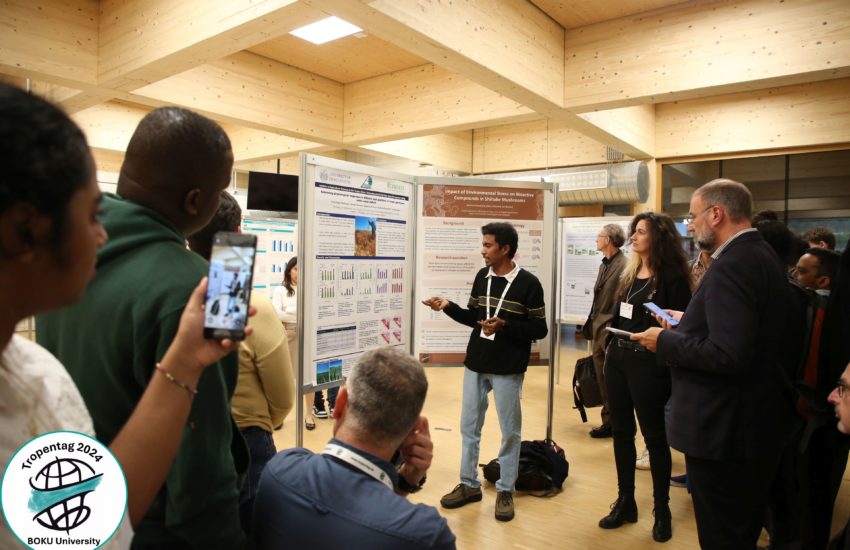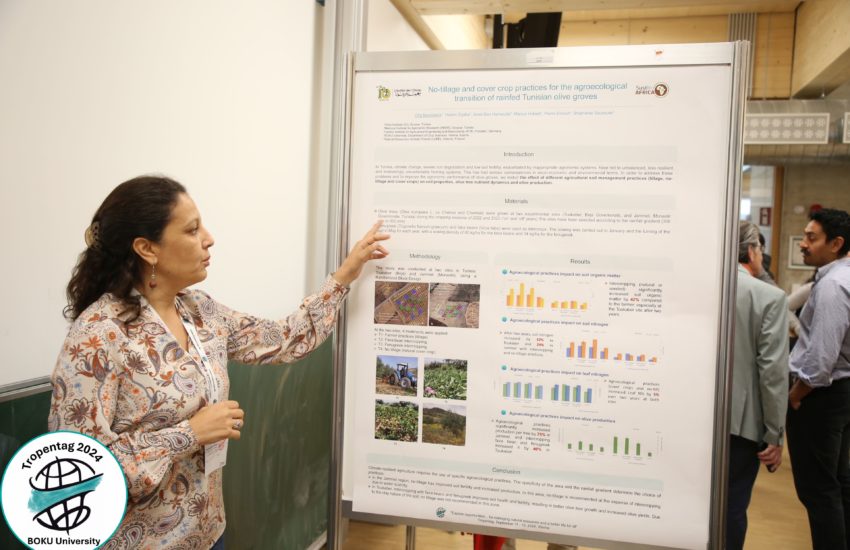An insight into the CGIAR’s Initiative on Sustainable Intensification in Mixed-Farming Systems in Laos
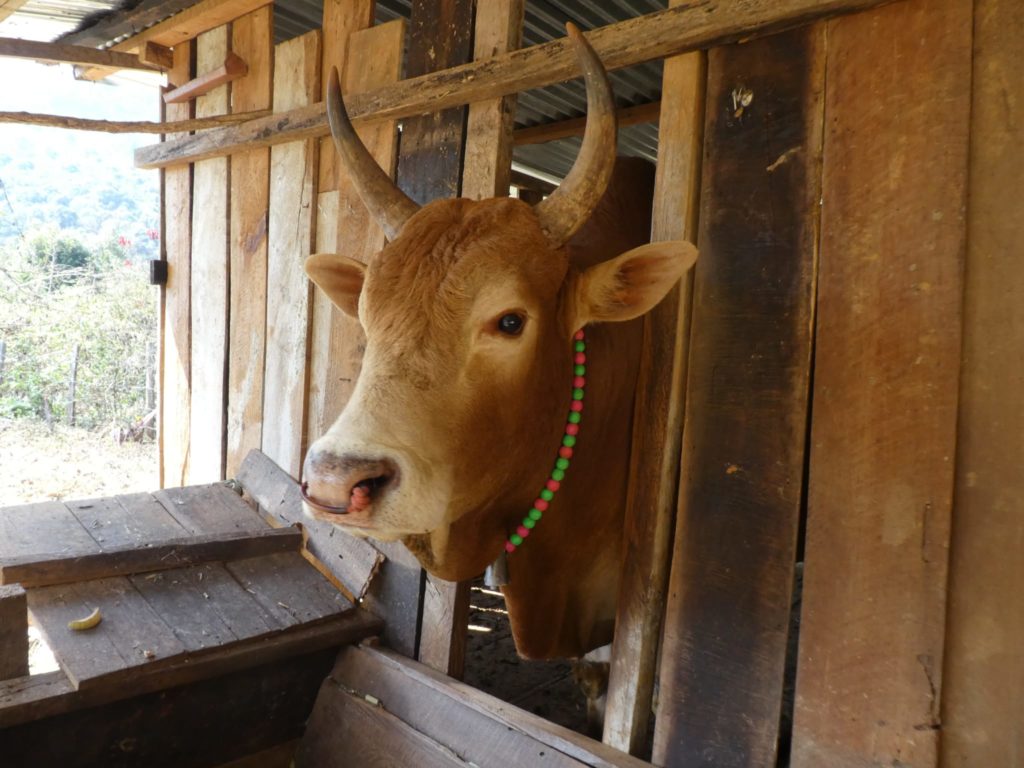
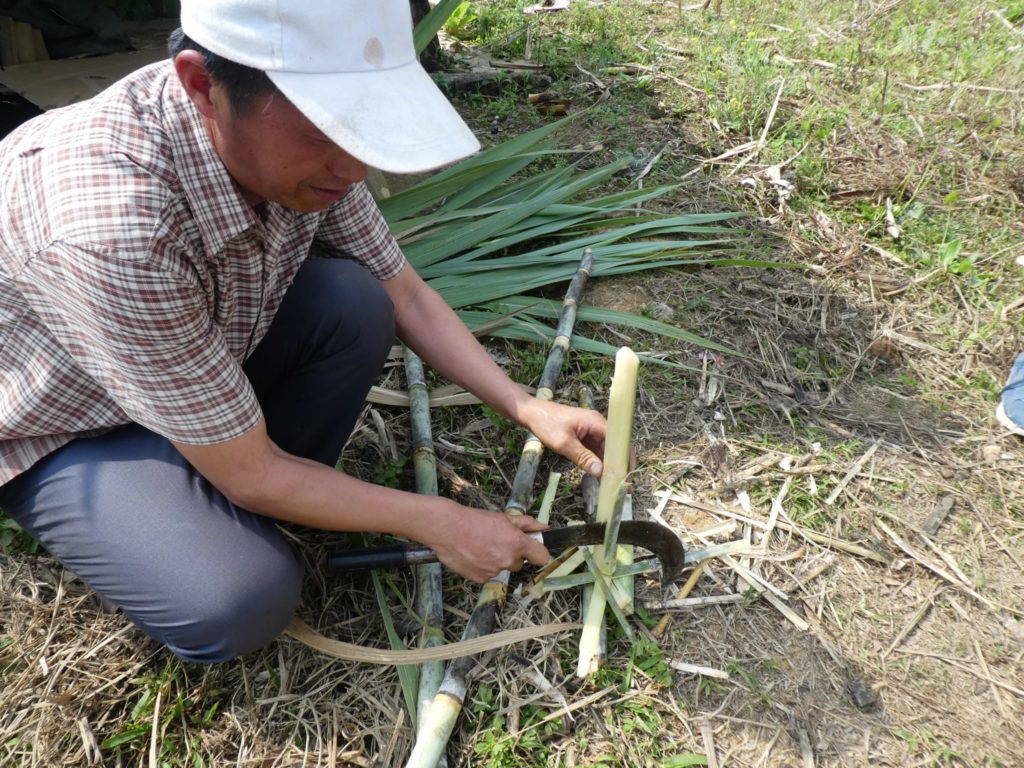
It was an early start for those interested in a discussion about CGIAR’s newest initiative ‘Mixed Farming Systems in the Tropics, a CGIAR Initiative in 5 countries’. But Santiago López Ridaura, senior scientist at CIMMYT, woke us up with the interesting objectives of the initiative. The aim is to provide equitable, transformative pathways for improved livelihoods of actors in mixed farming systems through sustainable intensification within target agroecologies and socioeconomic settings. Interestingly the initiative included co-designing and capacity-building within their objectives and methods including a systems approach and a livelihood lens.
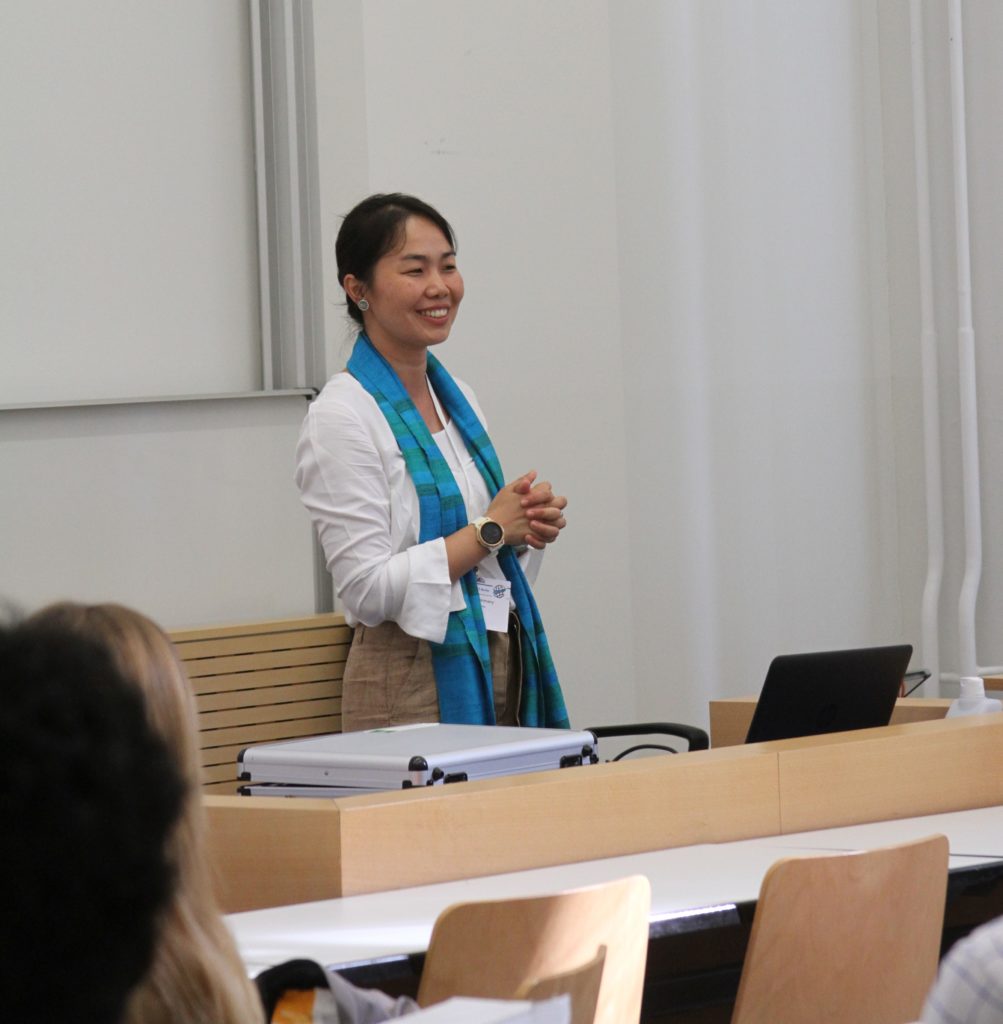

Soytavanh Mienmany (PhD), an inspiring young scientist from Laos, took us on a journey to Laos. A country, unknown to a lot of people, sometimes even at customs – as experienced by Sotavanh herself. She introduced us to the landscape and the challenges that the farmers are exposed to. Such as skinny cows in the dry season, unstable market prices and food insecurity. Many initiatives such as G-FEAST, which identifies which aspects of gender relations affect animal feeding practices and the uptake of feeding interventions, are already happening.
An example of research within this initiative in Laos has been given by Kim van Wijngaarden, an MSc student from Wageningen University & Research that investigated the potential of silvopastoral systems for the improvement of smallholder crop-livestock systems and livelihoods in the Lao uplands with both a systems modelling (FarmDESIGN) and a livelihood trajectory analysis. It is admirable that the initiative gives thesis students the opportunity to conduct research in each of the 5 focus areas.
During the open discussion, led by Tassilo Tiemann, participants debated about pathways to how a secured, sustainable livelihood can be created by the farmers in Laos that are less dependent on the market changes as that has resulted in for example the maize and cassava booms caused by rapid price fluctuations of commodity crops. Certain pathways involve the incentives of farmers, local and global policy goals, and global value chains. The discussion came back to one point: the importance of co-working, empowering and embedding local initiatives within big research organizations like CIAT/Biodiversity Alliance as they can provide the resources. Participants exchanged contact details, and it seems like new cooperation with the initiative can be established!


